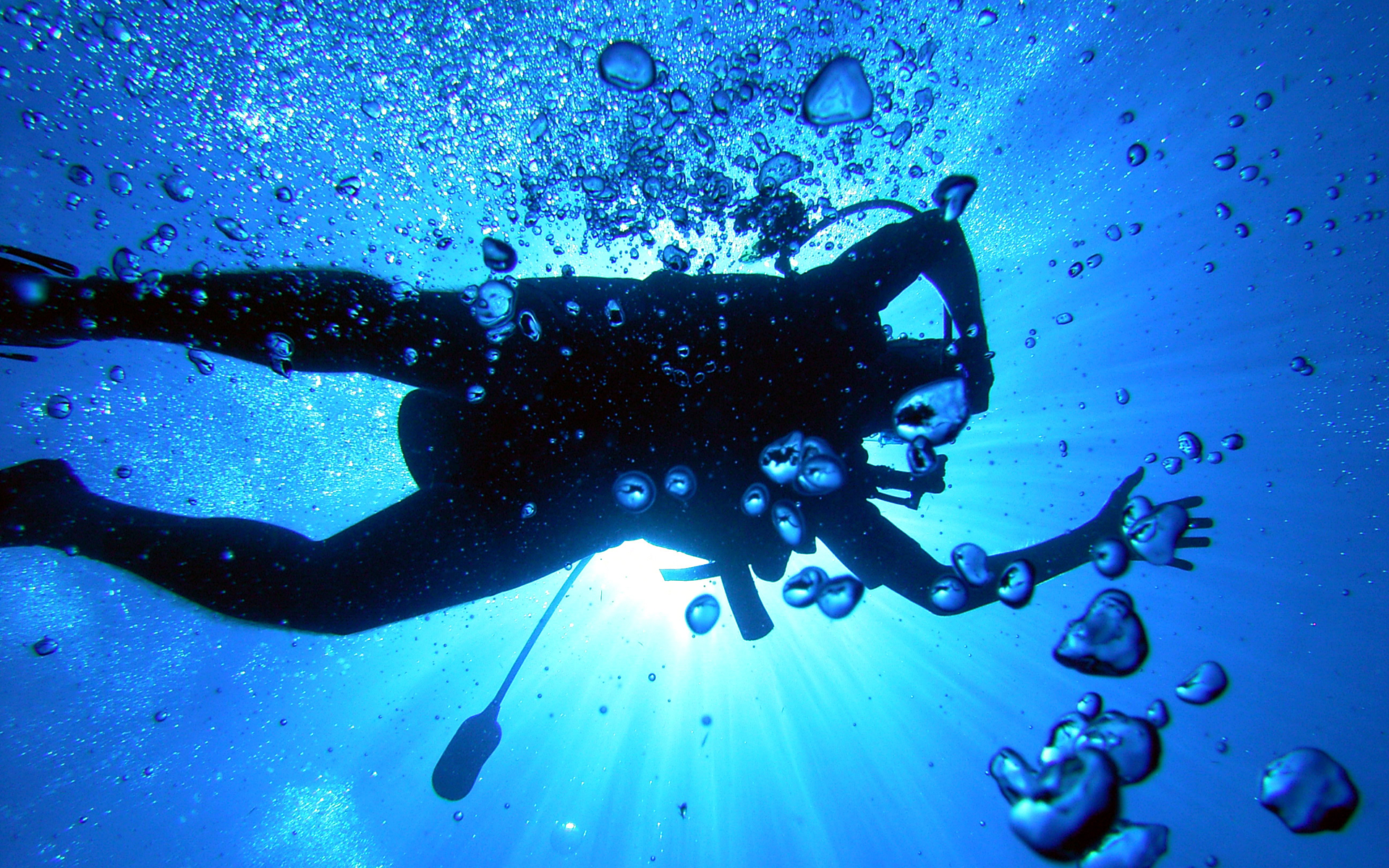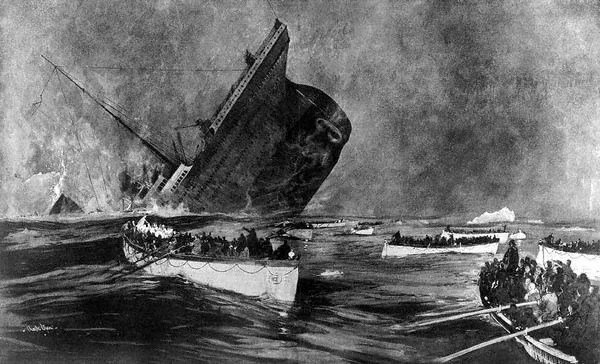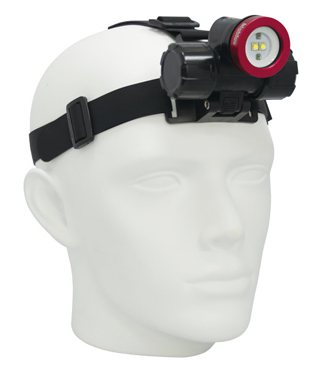Tips to Prevent Shortness of Breath Caused By Hyperventilation Underwater
I could tell that my student was hyperventilating – huge clouds of bubbles burst from his regulator every few seconds and I could hear him gasping for breath. He was overexerting himself, and was so focused on deploying a reel and swimming that he couldn’t gain control of his breathing. Before I could signal him to stop playing with the reel and calm down, he signaled me that he had a problem and we ascended carefully to the surface. “I couldn’t breathe!” He sounded surprised.
Hyperventilation is a common problem in scuba diving. When a diver hyperventilates, he fails to exhale the used air completely from his lungs. When he tries to inhale, he can only inhale a partial breath because a portion of the space in his lungs is occupied by the un-exhaled air. This leads to the feeling of shortness of breath.
I have witnessed divers hyperventilating in a variety of situations, such as when they focus on a difficult task, when they exert themselves by swimming against a current, and when they are nervous.
Sometimes the divers are so focused on a goal, such as reaching a portion of the reef or photographing a turtle that they fail to realize the problem. However, the most common situation in which I observe divers hyperventilating is on the surface before descent when they are anxious about a dive and fail to exhale fully.
Any diver can find himself unexpectedly overexerted or short of breath during a dive, so it makes sense to have a plan to deal with hyperventilation. Here is what I suggest doing:
1. Recognize that you have a problem. It is easy to be so focused on an activity or goal that you do not notice a problem immediately. The first step is to notice that you are hyperventilating and to decide take action.
2. Signal your buddy. As with any problem, it is important to make your dive buddy aware of the difficulty so that he can assist you or at least remain with you while you deal with it.
3. Check your air pressure gauge. Sometimes, the breathing resistance increases when the tank is almost empty of air. Be certain that this is not the case before proceeding.
4. Stop. Cease all activities, stop swimming, and relax your body. If possible, find a safe anchor point, such as a rock or ascent line to grab, or make yourself negatively buoyant and kneel on the floor if it is an appropriate depth. The idea is to anchor yourself so that you do not have to focus on your buoyancy, swimming, or position in the water.
5. Exhale fully. Until you can empty all the dead air from your lungs, there will not be space to draw a full breath. Therefore, you must fully exhale to make space for fresh air. Slowly and completely exhale the air from your lungs, and then inhale as calmly as possible. Repeat this process until you feel your breathing rate return to normal and you can breathe easily and comfortably.
6. Decide whether or not to continue the dive. Depending upon the cause of the hyperventilation, a diver must decide whether it is appropriate to continue the dive. If he was over exerting himself by swimming after a turtle, he can avoid this action and continue to safely dive. However, if, for instance, a strong current or anxiety caused the problem, it may best to end the dive before the problem occurs again.
Hyperventilation can make a diver feel that he is unable to breathe, a very scary feeling underwater. However, once a diver recognizes the situation, he can implement techniques to slow his breathing, reestablish control, and regain his comfort underwater.







Leave A Comment